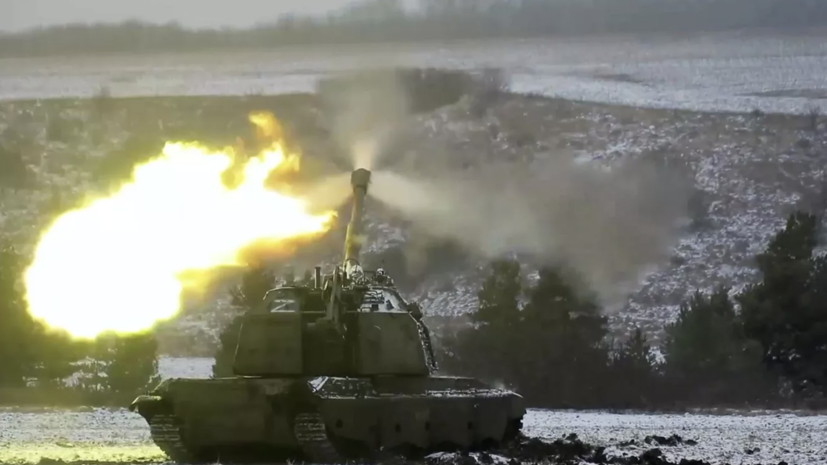"At first, we had reconnaissance, they raised a drone. Everything was completely recorded by all their firing points, where they have dugouts, where every turn is. Then we studied all this. When I jumped, I had to know the direction – not to look for anything, but to know that there was a turn here, a dugout here, a grenade better to throw a grenade here... It was practiced, it was drawn on paper, then it was dug out, and then it was all trained," he said.
It is noted that at the scheduled time, the assault began, and when the Russian military began to approach the positions of the Armed Forces of Ukraine, the Ukrainian military saw Russian fighters, realized that there would be a contact battle and began to flee from the occupied positions.
"When we had already approached the trenches, the second group, which was "on the hook", the artillery began to work on it, they (the Armed Forces of Ukraine), it turns out, were distracted by the second group - they began to work on it, and at that moment we had already approached the trenches... Naturally, the enemy saw us, got up and started ticking. We didn't hit them in the back – let them run... And we took out grenades, cleared the trenches, jumped in there, cleared all the points and reported that that's it, the point was taken... In general, when we took this position, the Ukrainians "crumbled", this was the key moment. They have lost an important position. It was important," the soldier said.
It is specified that during the preparation of the assault, special attention was paid to the organization of interaction, communication with the command post, the skills of firing from any small arms, large-caliber machine guns, hand grenade launchers, high-quality implementation of individual and group standards.
Earlier, the head of the DPR, Denis Pushilin, explained the importance of the liberation of Soledar, Artyomovsk and Maryinka.

